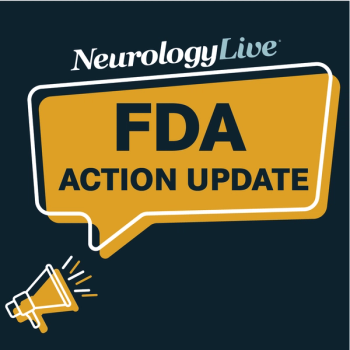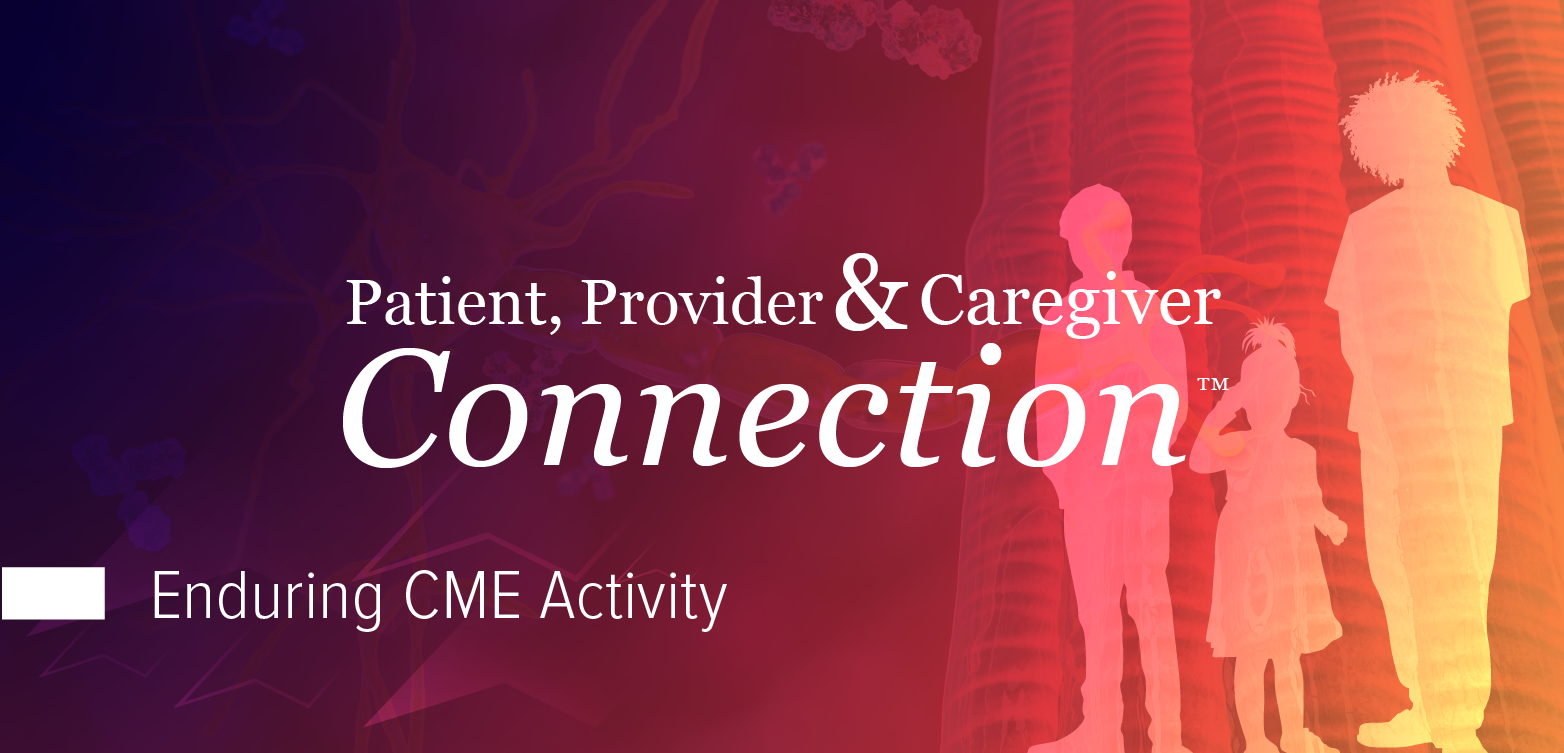
Centessa to Advance Orexin Agonist ORX142 to Clinical Trials Following IND Acceptance
Key Takeaways
- ORX142, an orexin receptor 2 agonist, will undergo phase 1 trials to evaluate safety, tolerability, and pharmacokinetics in healthy volunteers.
- The trial includes single-ascending and multiple-ascending doses, with a placebo-controlled pharmacodynamic assessment using MWT and KSS.
Centessa Pharmaceuticals initiates Phase 1 study for ORX142, a novel orexin receptor agonist targeting neurological disorders, promising new treatment avenues.
According to a recent announcement, the FDA has accepted Centessa Pharmaceuticals’ investigational new drug application (IND) for ORX142, an investigational orexin receptor 2 agonist (OX2R), to be tested in a phase 1 clinical study of healthy volunteers.1
ORX142, which is being studied as a treatment for a select neurological and neurodegenerative disorders, will have its safety, tolerability, and pharmacokinetics evaluated in the phase 1 study. The study, expected to start imminently, with clinical data expected later this year, will test both single-ascending and multiple-ascending doses of the agent in healthy volunteers.
Considered the second drug candidate from Centessa’s multi-asset orexin franchise, ORX142 is designed as a novel, highly potent and selective OX2R. In parallel to the single-ascending dose portion, a placebo-controlled crossover pharmacodynamic assessment will be performed in the study utilizing the Maintenance of Wakefulness Test (MWT) and Karolinska Sleepiness Scale (KSS) in acutely sleep-deprived healthy adult individuals.
"The clearance of our IND to initiate clinical studies of ORX142 represents a significant milestone, signaling the beginning of an exciting new phase in the clinical development of our OX2R agonist pipeline for indications beyond rare hypersomnias," Saurabh Saha, MD, PhD, chief executive officer at Centessa, said in a statement. "With our most advanced OX2R agonist, ORX750, advancing in the Phase 2a CRYSTAL-1 study for the treatment of NT1, NT2 and idiopathic hypersomnia (IH), we are eager to leverage our insights from this new drug class and explore ORX142’s potential to treat a broad range of neurological and neurodegenerative disorders with significant unmet needs."
The idea of using orexin agonists to treat neurodegenerative disorders is a growing therapeutic interest. Orexin, also known as hypocretin, is a neuropeptide system crucial for maintaining wakefulness, regulating arousal, and stabilizing sleep-wake transitions. While traditionally targeted in sleep disorders like narcolepsy, orexin agonists have recently garnered interest for their potential neuroprotective and cognitive-enhancing roles in neurodegenerative diseases, including Alzheimer disease, Parkinson disease, and Lewy body dementia.
"We are excited to begin executing our ORX142 Phase 1 clinical study in acutely sleep-deprived healthy volunteers which is aimed at generating early proof-of-concept data for ORX142 this year which we expect to enable a dose selection for planned studies evaluating ORX142 in patients," Saha added.
READ MORE:
Centessa’s second OX2R agonist, ORX750, is currently being tested in a
The trial is a randomized, double-blind, placebo-controlled, crossover basket study with distinct cohorts for each condition. Initial dosing will begin at 1.0 mg for NT1 and 2.0 mg for NT2 and idiopathic hypersomnia, with dose adjustments made sequentially between cohorts. Each cohort will undergo a 6-week treatment period, including 4 weeks of active treatment followed by a 2-week crossover to placebo.
In a previously completed phase 1 study, ORX750 was found to be safe and well tolerated, with no common adverse events, liver toxicity, or visual issues. Relative to placebo, those on the investigational agent showed significant increases in sleep latency, represented through Maintenance of Wakefulness Test, across all doses in sessions conducted 2, 4, 6, and 8 hours after a 11:00 PM dose. The 1.0 mg ORX750 dose resulted in a mean sleep latency of 18 minutes versus 10 minutes with placebo (P = 0.04), while the 2.5 mg dose showed 32 minutes versus 17 minutes for placebo (P = 0.01). The 2.5 mg dose fully restored normal wakefulness, achieving a mean latency of 32 minutes.3
REFERENCES
1. Centessa Pharmaceuticals Announces Clearance of Investigational New Drug Application (IND) for ORX142, a Novel Orexin Receptor 2 (OX2R) Agonist; Clinical Data in Acutely Sleep-Deprived Healthy Volunteers Planned for this Year. News release. June 16, 2025. Accessed June 17, 2025. https://www.globenewswire.com/news-release/2025/06/16/3099897/0/en/Centessa-Pharmaceuticals-Announces-Clearance-of-Investigational-New-Drug-Application-IND-for-ORX142-a-Novel-Orexin-Receptor-2-OX2R-Agonist-Clinical-Data-in-Acutely-Sleep-Deprived-H.html
2. Nxera Pharma’s Partner Centessa Initiates Phase 2 Trial with ORX750, a Novel Orexin Receptor 2 (OX2R) Agonist. News release. November 12, 2024. Accessed June 17, 2025. https://www.globenewswire.com/news-release/2024/11/13/2979842/0/en/Nxera-Pharma-s-Partner-Centessa-Initiates-Phase-2-Trial-with-ORX750-a-Novel-Orexin-Receptor-2-OX2R-Agonist.html
3. Centessa Announces Positive Interim Phase 1 Clinical Data with its Novel Orexin Receptor 2 (OX2R) Agonist, ORX750, in Acutely Sleep-Deprived Healthy Volunteers. News release. Centessa Pharmaceuticals. September 10, 2024. Accessed June 17, 2025. https://www.globenewswire.com/news-release/2024/09/10/2943494/0/en/Centessa-Announces-Positive-Interim-Phase-1-Clinical-Data-with-its-Novel-Orexin-Receptor-2-OX2R-Agonist-ORX750-in-Acutely-Sleep-Deprived-Healthy-Volunteers.html
Newsletter
Keep your finger on the pulse of neurology—subscribe to NeurologyLive for expert interviews, new data, and breakthrough treatment updates.



































